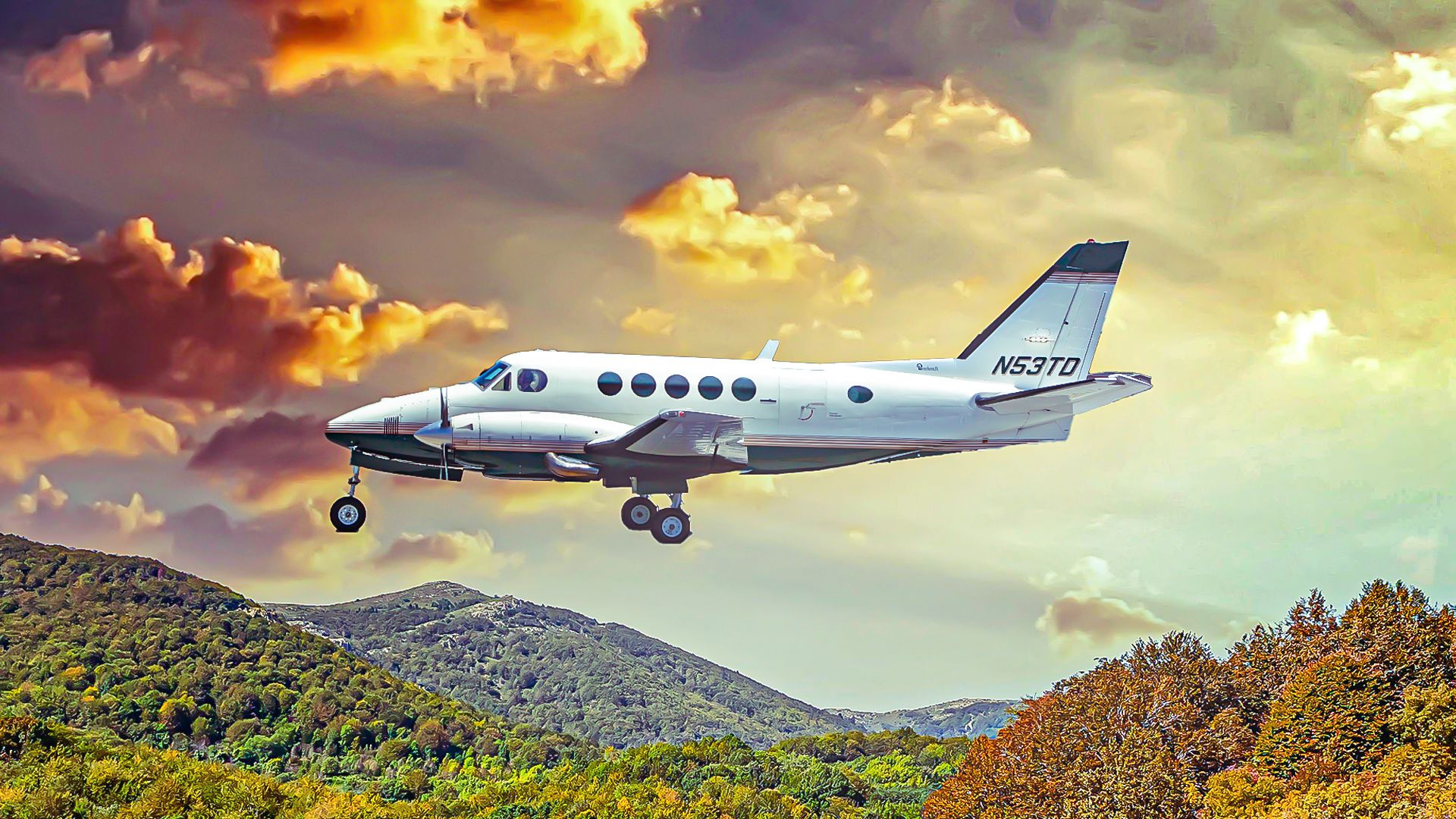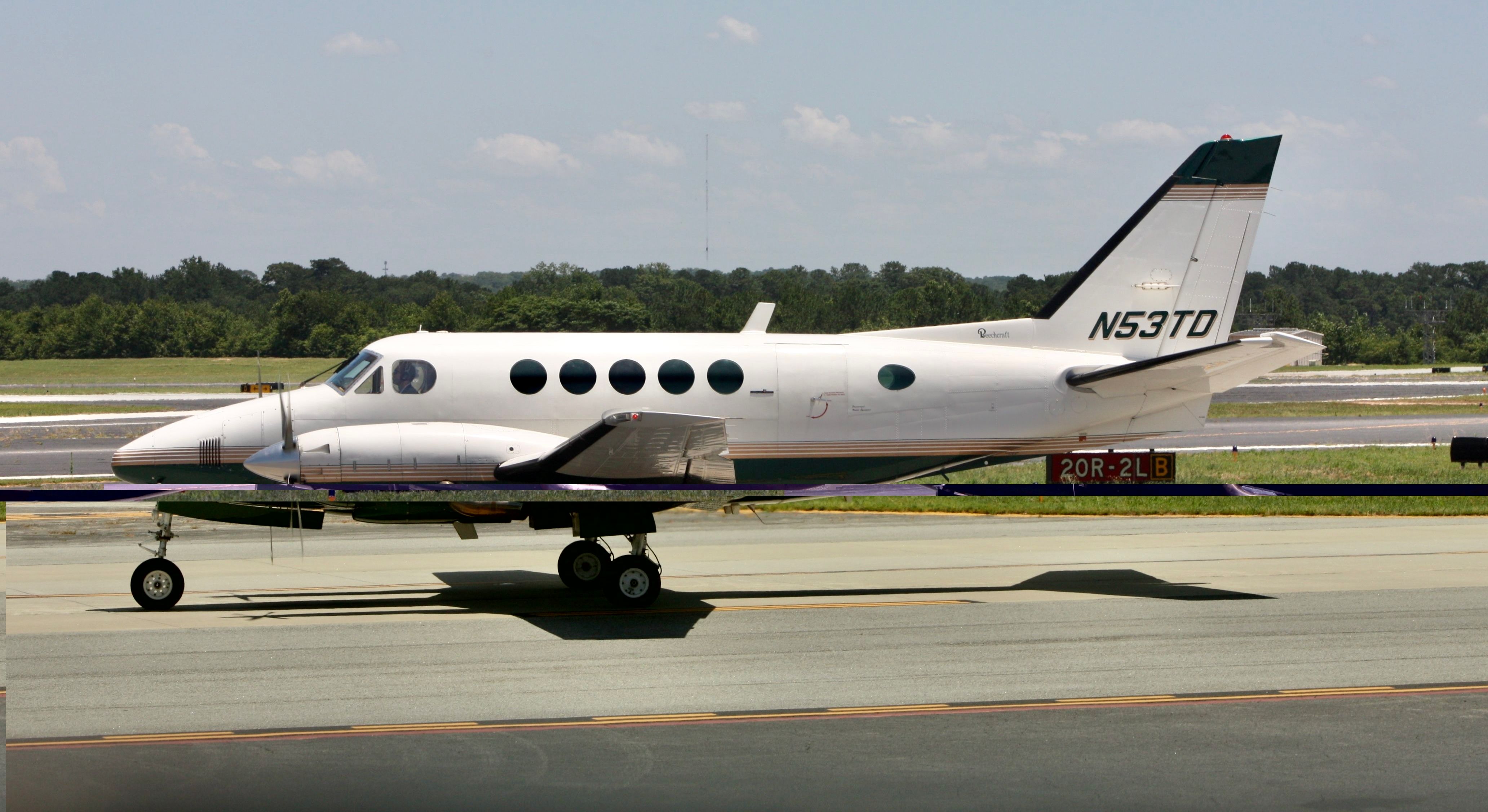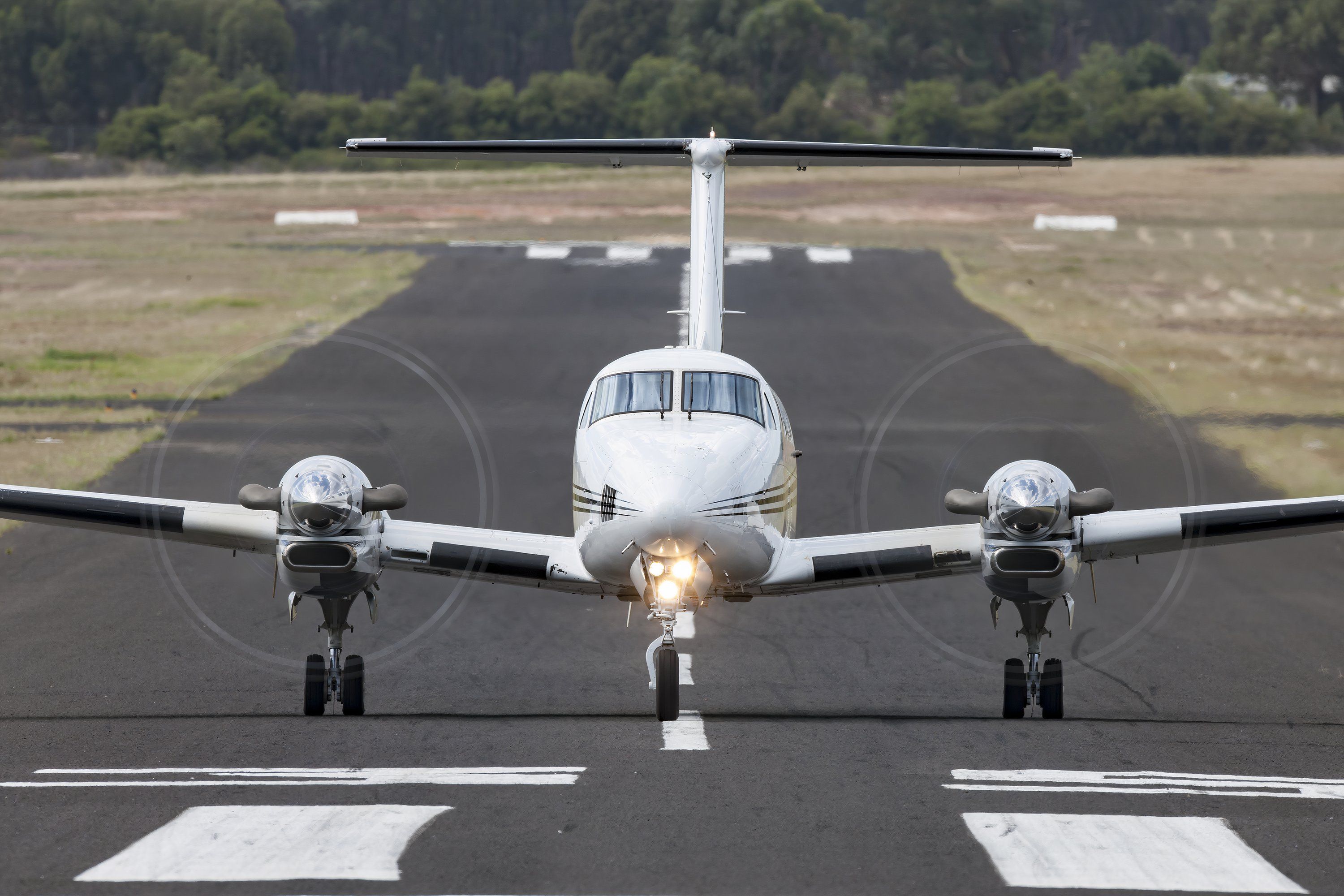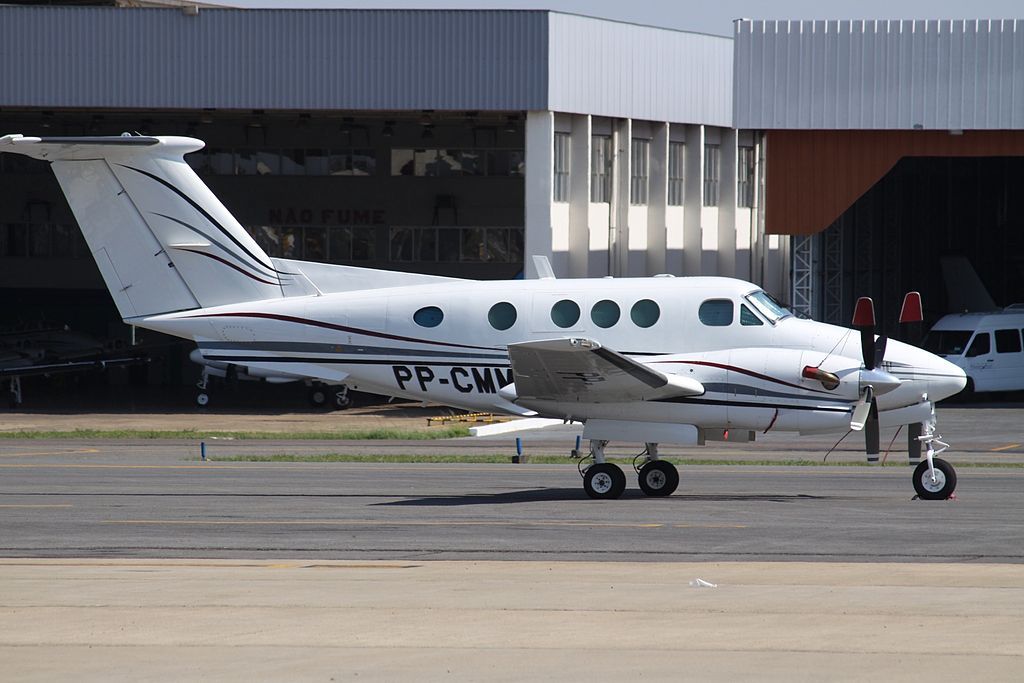Beechcraft is considered to be one of the “Big Three” of general aviation, alongside Cessna and Piper Aircraft. The company was founded by the legendary aviation pioneer Walter Beech. The company was first founded in Wichita, Kansas, by Beech, his wife, Olive Ann Beech, and the legendary aviation engineer Ted A. Wells. The company was also supported by C. G. Yankey as an investor.
The company began with the introduction of the Beechcraft Model 17 Staggerwing in 1932. This aircraft saw success throughout World War II, as it was used for training the United States Army Air Forces and the US Navy. Beechcraft saw continued success, and it especially grew during the general aviation boom that occurred after World War II.
This led to the eventual development of several popular aircraft, including the
Beechcraft Bonanza
, one of the most popular single-engine aircraft in the civil aviation industry. It also led to the eventual development of the Beechcraft King Air.
This utility turboprop aircraft found great success in various industries, including acting as a cargo freighter aircraft or a passenger transport aircraft. Let’s take a closer look at this successful aircraft. Let’s also take a look at the upgraded variant, which came to be known as the Beechcraft King Air 100.
The history of the Beechcraft King Air
The original variant of the King Air series was first developed by Beechcraft in the early 1960s. The company wanted to improve on the popular Queen Air aircraft. However, Beechcraft decided to install more powerful turboprop engines, instead of the piston-powered engines that were used on the King Air, and also expand the cabin for more useful space.
Photo: Austin Deppe | Shutterstock
The first proof-of-concept aircraft took flight for the first time on May 15, 1963. The initial flight tests were a success, so Beechcraft began marketing the new type. A further developed prototype flew for the first time in January 1964. The first King Air was introduced in 1964.
The original Beechcraft King Air saw success in the general aviation market, but it also saw significant orders from the United States military. However, some operators wanted more space and other upgrades. This led Beechcraft to develop the King Air 100 series. The first design, which incorporated several features from the Model 99 airliner and a more powerful engine, flew for the first time on March 17, 1969. It also had a larger fuselage, featuring five windows instead of three windows in the original King Air series.
The King Air 100 series was produced from the late 1960s until 1983. Production of the aircraft ceased after Beechcraft introduced a further upgraded variant called the Super King Air. Just under 400 total King Air 100 variants were produced during this time.
Photo: Ryan Fletcher | Shutterstock
Operators of the popular Beechcraft King Air 100
The larger fuselage of the King Air 100 made the aircraft a popular choice for a wide variety of both civil and military operators. Many cargo companies utilize the King Air for freighter services.
Additionally, civil operators included companies shuttling executives around the country, as well as other passenger transport that took advantage of the large fuselage of the King Air 100, which could seat a maximum of 13 passengers. These companies took advantage of an interior cabin that had the following dimensions, according to Global Air:
- Cabin height: four feet ten inches
- Cain width: four feet six inches
- Cabin length: 16 feet eight inches
- Total cabin volume: 303 cubic feet
Additionally, several militaries flew the King Air 100. This includes the following militaries, among others:
- Algerian Air Force
- Canadian Forces Air Command
- Chilean Air Force
- French Air and Space Force
- Indonesian Air Force
- Royal Moroccan Air Force
- United States Air Force
- United States Army
Additionally, many government operators flew the King Air series. Some governments use this aircraft for executive transport. Furthermore, the USDA Forest Service, the Drug Enforcement Administration, the Federal Aviation Administration (FAA), and the National Aeronautics and Space Administration (NASA) flew this aircraft.
Design features and specifications of the Beechcraft King Air 100
The Beechcraft King Air series was developed from the Beechcraft Queen Air with considerable improvements. The newly developed King Air series was the first type of aircraft in its class.
It finds itself competing with both light business jets, like the
Embraer Phenom 100
or the Cessna Citation Mustang, along with single-engine turboprop aircraft like the
Pilatus PC-12
or the Cessna Caravan. However, the King Air series was the first popular twin-engine turboprop family of aircraft.
One of the major upgrades that Beechcraft incorporated into the King Air series was two new turboprop-powered engines. The King Air 100 originally utilized two Pratt & Whitney Canada PT6A turboprop engines, which provide the aircraft with over 680 shaft horsepower each.
Later variants of the King Air 100 utilized two Honeywell TPE331 turbofan engines, which provide the aircraft with over 715 shaft horsepower each. This helps the King Air 100 achieve the following performance specifications:
|
Length |
39 feet eleven inches |
|---|---|
|
Height |
15 feet five inches |
|
Wingspan |
45 feet eleven inches |
|
Maximum takeoff weight (MTOW) |
11,800 pounds |
|
Maximum speed |
265 knots (305 miles per hour) |
|
Range |
1,325 nautical miles (1,525 miles) |
|
Service ceiling |
25,000 feet |
Additionally, the basic airframe of the King Air 100 utilized the same wings, tail, and engines as the Model 99 airliner. It also featured a stretched fuselage that had five windows instead of three that were found on the earlier King Air 90.




